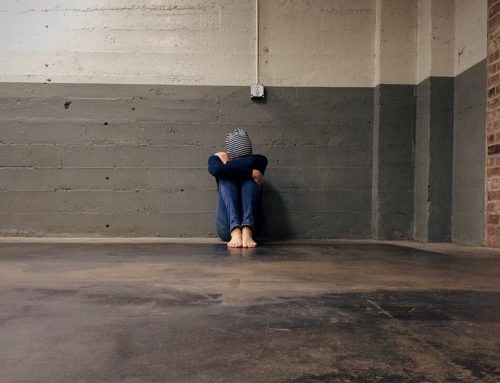Eradicating homelessness in a community won’t protect some of its members from needing to spend a night on the streets. This seems counterintuitive; after all, doesn’t eliminating homeless hinge on ending the need for homelessness? In a perfect world, maybe — but we don’t live in a utopia, and we’re not likely to stumble into one anytime soon. The key to effectively combating homelessness lies in taking a ready and responsive approach; in some communities, a coordinated system for mitigating homelessness has already achieved net-zero success.
In December of 2015, Rockford, Illinois became the first town in the U.S. to achieve a “functional zero” state for veteran homelessness by implementing an efficient community system that could swiftly identify and connect homeless veterans with long-term housing. As the VA puts it in a 2015 report on the subject, a system that seeks functional zero aims to: “[ensure that] homelessness is rare, brief and non-recurring and no Veteran is forced to live on the street.” Importantly, this system assumes that home insecurity will always exist and accounts for it. The goal isn’t to establish an absolute zero for the homeless, but enable a net zero effect to mitigate the impact of homelessness. VA-sponsored programs worked in tandem with other community housing providers to tailor their outreach programs and expedite rehousing efforts for veterans. Rockford was the first trailblazer of many; now, Arlington (VA), New Haven (CT), and countless other urban communities have joined the first city as functional-zero outposts.
Success didn’t come arbitrarily. The three cities mentioned above have more in common than their functional zero status: all were a part of the Built for Zero campaign against chronic and veteran homelessness. The project was launched in 2015 by the New York City nonprofit Community Solutions as a coordinated effort to eradicate homelessness in 71 participating cities. The national effort functioned primarily as a support to local efforts: it helped organizers on the ground track their progress, develop real-time data, strategize for the best use of existing regional resources, and apply tried-and-true strategies from other participating cities. Overall, the program’s approach distilled into two defining tenets: humanization and coordination.
Homelessness is often a faceless issue for those who haven’t worked against or experienced it firsthand. Sympathetic donors offer their money and time to the idea of aiding “the homeless,” rather than helping individuals find permanent housing. The Built for Zero project took the latter approach and achieved better results. Local organizers conducted intense outreach efforts, speaking with those living on the streets to learn more about their individual situations and what they needed to stay housed. In the process, they developed a By-Name List: a real-time database of unhoused individuals that took into account factors such as age, veteran status, chronic homelessness, whether a person is living on the streets independently or with a family, and more.
Every piece of information gathered helps Built for Zero organizers develop a strategy for finding individuals long-term housing, and the nature of their approach returns a personal element to a struggle that has long oriented towards an ambiguous group rather than distinct individuals. As one organizer explains, “We go name by name […] They stop being ‘the homeless’ and become people we all know. And we become very vested in making sure John Smith is housed and safe and has the services he needs to stay housed.” Staying housed is no small feat. It’s all well and good if organizers manage to coordinate with local organizations and utilize available resources to get an individual into stable housing for a few days, a week — but can their case justifiably be considered a success if they end up back on the street in a month? Persisting homelessness after intervention indicates a problem in the system that organizers need to note and fix if they hope to avoid similar issues in the future. To achieve this, they need to maintain that personal connection — to check in and take the time to tinker with the system if they find flaws.
If the Built for Zero project proves anything, it would be that empathy and collaboration win out over sheer resources when it comes to social change. While additional funds will always be helpful, communities likely already have the structures and tools they need to achieve a functional zero state — they just haven’t pieced them together yet. The endpoint for homelessness comes at the intersection of empathy and coordination; we just need to implement a plan for getting there.








